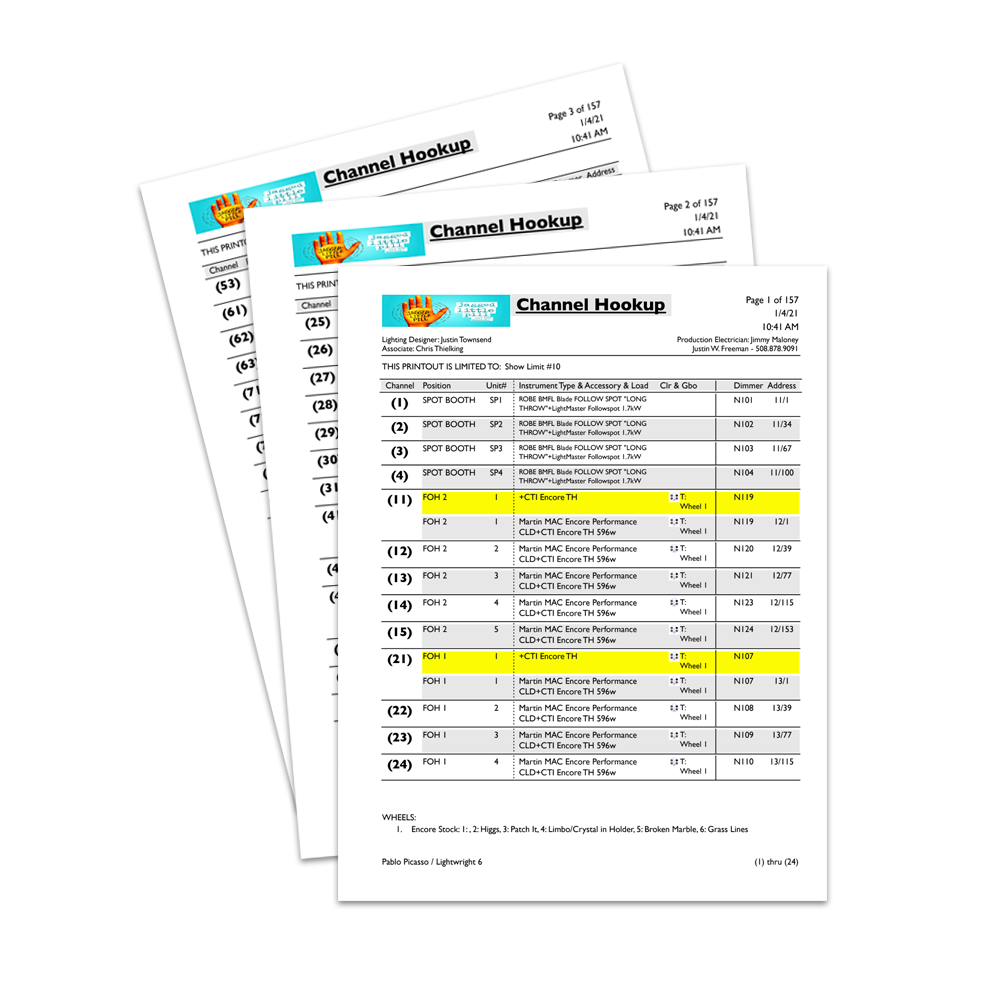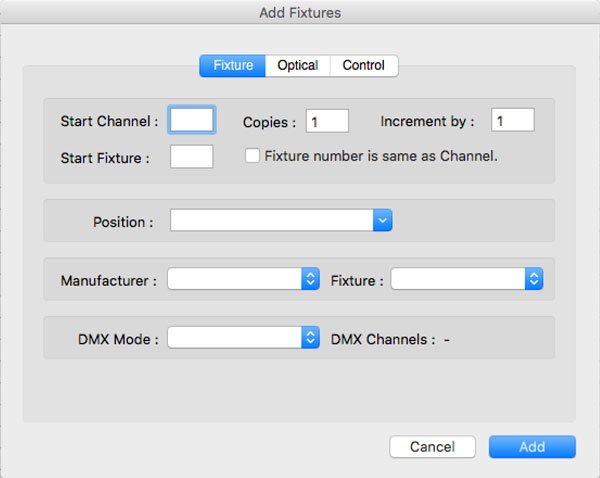

Well, ideally, we don’t want to have to change the part program to handle the coordinates of each part position. What would a program for such a 4 part setup look like? This requires much less effort than swapping out ever single part as it is finished. This can speed up production as we can stick 4 workpieces in the vises, push the “Start” button, and not have to worry about it until the machine has finished 4 parts.

For example, suppose we have 4 vises on the table capable of holding 4 parts for machining. They identify places in your machine’s work envelope (the range of positions it can move to) that are of interest.

Why would we want to offset the coordinates to a work location? Think of work offsets as being like bookmarks. Why Offset Coordinates to a Work Location? After the prior steps in the pipeline, our coordinates have been converted to the proper units (Imperial or Metric), converted to absolute coordinates (via G90/G91 status) and now we’re ready to offset those coordinates to the actual work location. This chapter on g-code programming is all about G52, G54, G92 and related work and fixture offset commands. Recall the Coordinate Transformation Pipeline that is used to convert coordinates in g-code to the actual coordinates the machine is to move to:


 0 kommentar(er)
0 kommentar(er)
